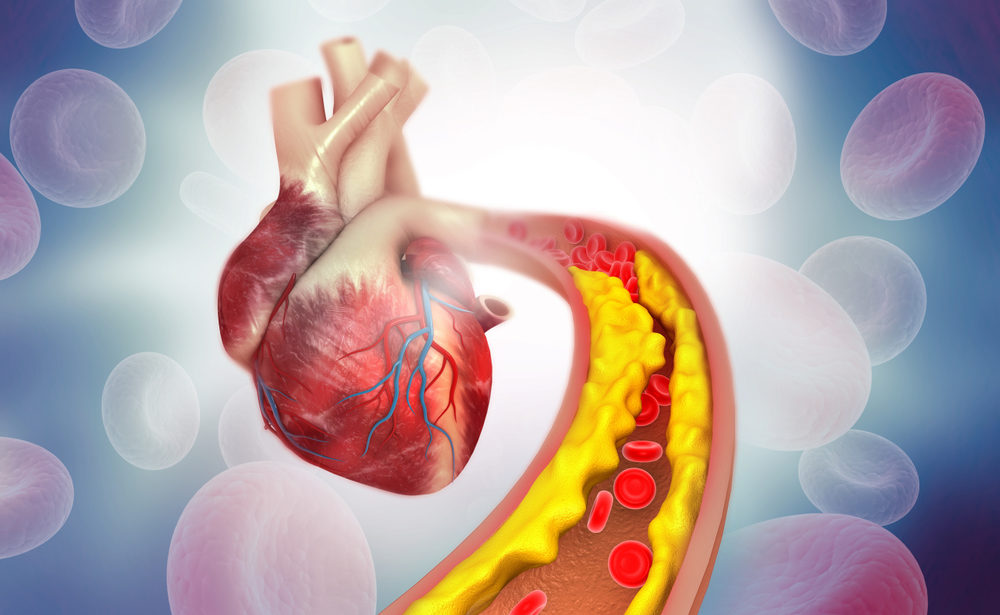
A Heart Attack (or “myocardial infarction”), will occur in approximately eight hundred thousand Americans each year, most of which result from the blockage of blood flow due to coronary arterial disease (i.e., plaque within the vessel). Seventy-five percent (75%) of those will be primary or first-time heart attacks and twenty-five (25%) will be repeat heart attacks. https://www.cdc.gov/heartdisease/facts.htm
The most frequent symptoms include Chest pain (angina), shortness of breath, arm pain, jaw pain, back pain, lightheadedness or weakness, and even nausea and vomiting. When these symptoms are present, additional risk factors will – and should be – considered by a treating physician, such as Family history, age, history of smoking, history of high blood pressure or high cholesterol, diabetes, obesity, physical inactivity, stress, and diet. If timely diagnosed, a revascularization procedure (i.e., a stent) can be deployed to re-open the vessel and restore blood flow through the coronary artery to the myocardial tissue.
Knowledge of the signs and symptoms of a heart attack can lead to improved survival and better long-term outcomes. Not only are individuals with this knowledge more likely to recognize the symptoms and get to a hospital sooner, but they are also significantly more likely to be a positive advocate for the correct diagnosis to be made – if the physician or emergency department staff are going down the wrong diagnostic track. Prompt recognition, diagnosis, and treatment will save lives.

A Michigan native who graduated from both Michigan State University and Cooley Law School, Mr. Weidenfeller has limited his practice of law to representing individuals who have been permanently injured and families who have lost a loved one as the result of medical errors for more than 20 years. In that time, he has been featured on the cover of Michigan Lawyer’s Weekly and has spoken to many and varied professional groups about trial practice and effective communication.










Comments for this article are closed.